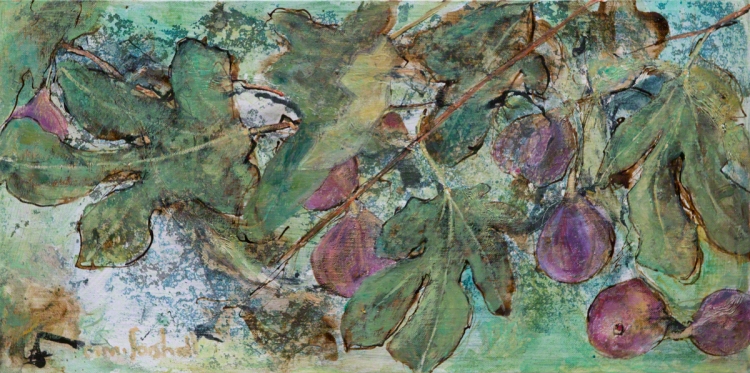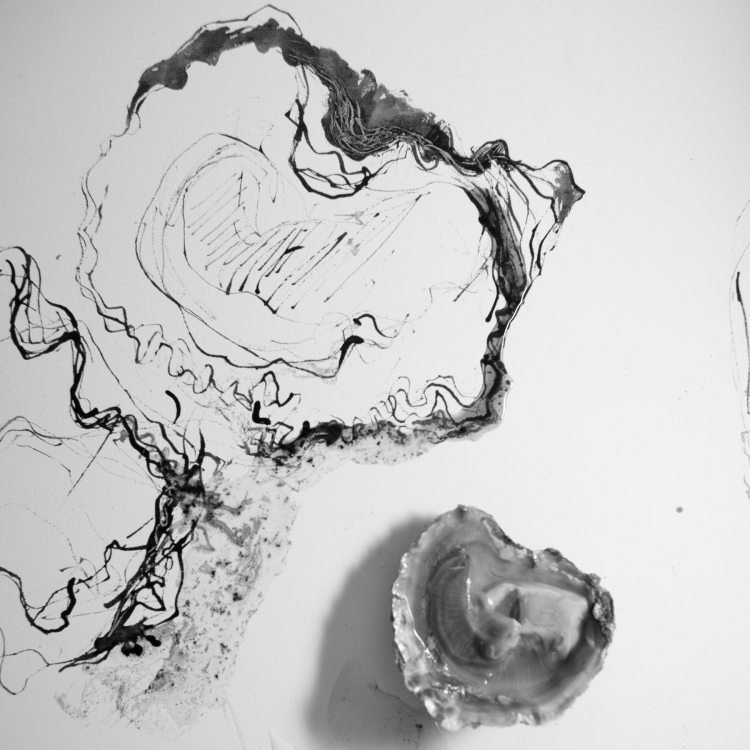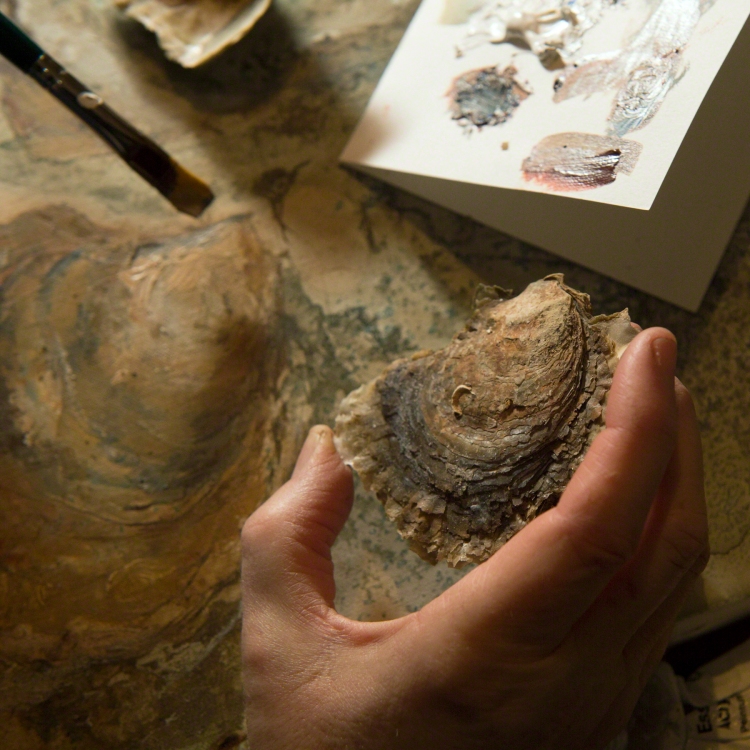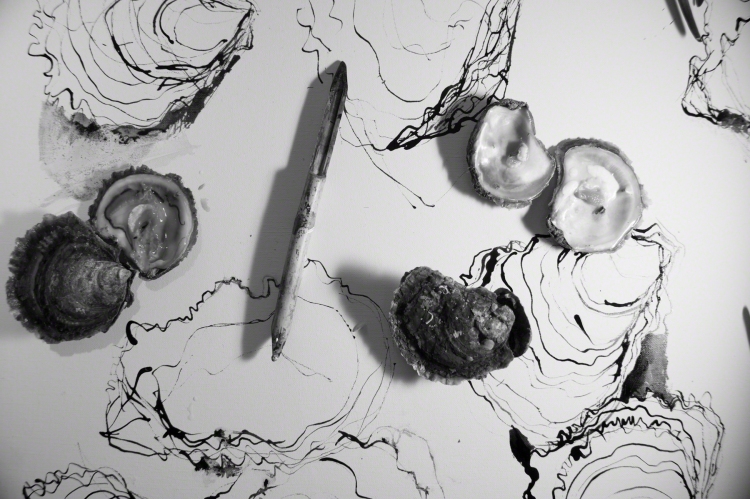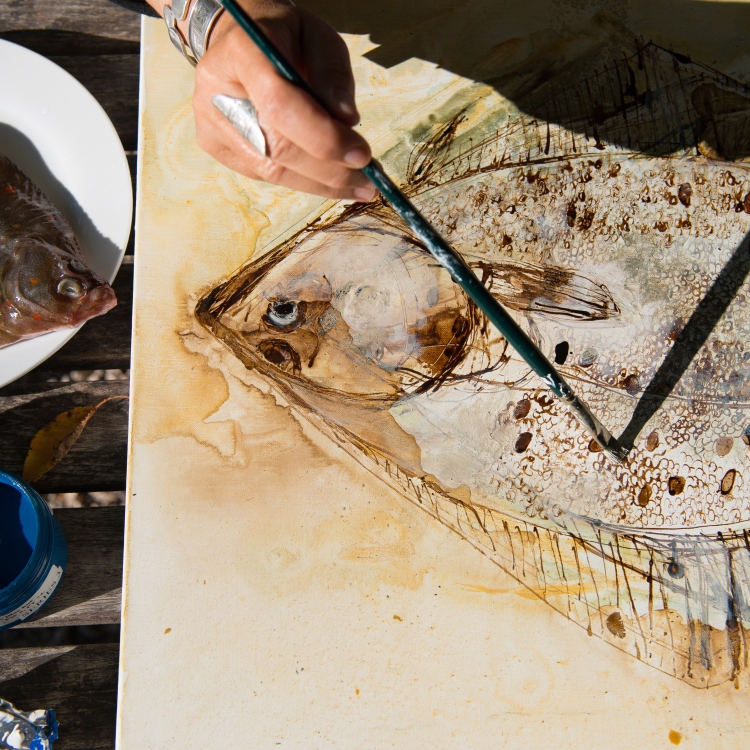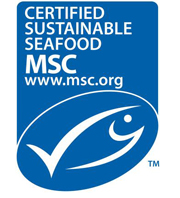We first came to the house in 1988. The limbs of the fig tree had been killed by the terrible winter of 85-86, when the mercury fell to -25 degrees C. Fig trees are very tough though, and when we first saw it, the lumpy twisted trunk was shooting out vigorous young stems.
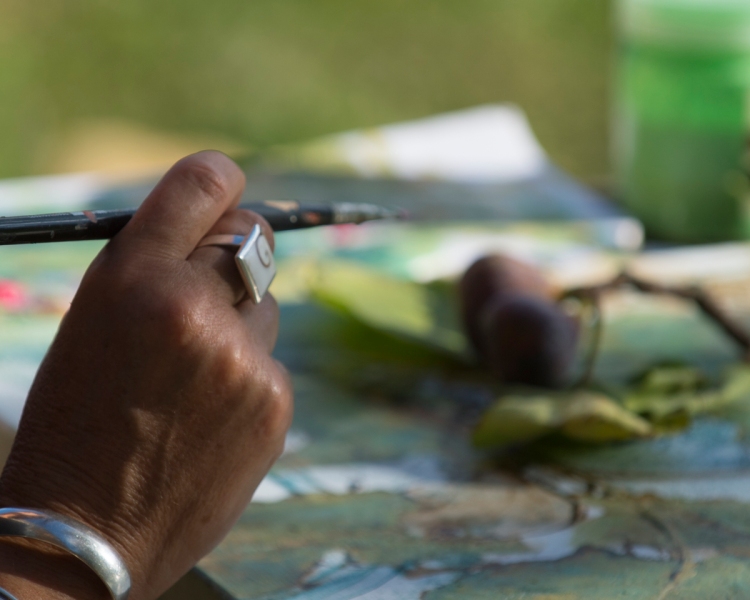
In the years that followed it grew and grew. By the mid 90’s we were able to take down the loggia we had built to give us shade, and eat under the fig tree, a fountain of cool green, that in heavy heat of summer became another room.
The tree developed a two tier ecosystem, humans picking the fruit from the lower branches, insects and birds taking the rest. Sometimes in spring we hear the cries of golden oriel, who love figs. They are very shy and at the slightest hint of humans, shoot off in a blurred flash of yellow. As soon as the spring crop of figs has been consumed they leave. It is as if they have come all the way from Africa to eat our figs.



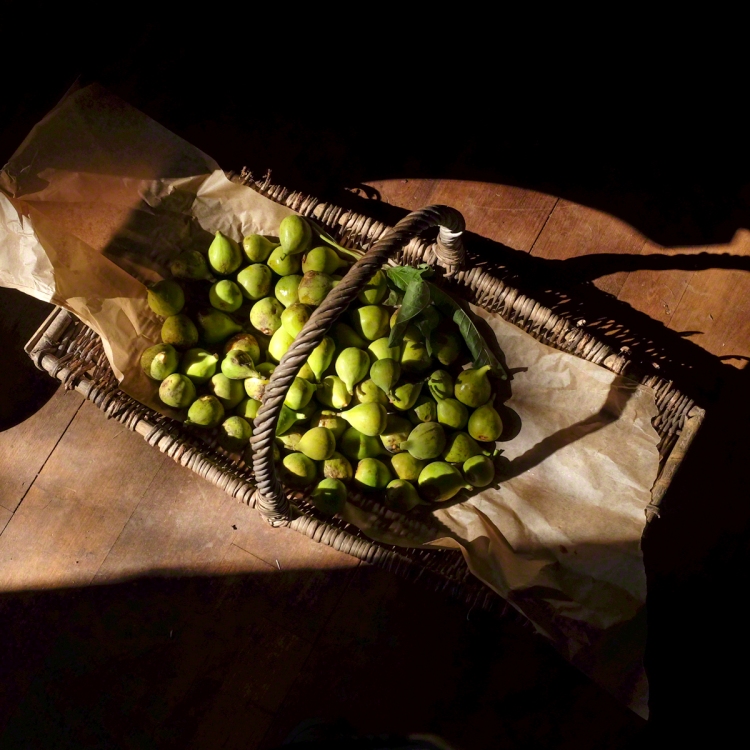

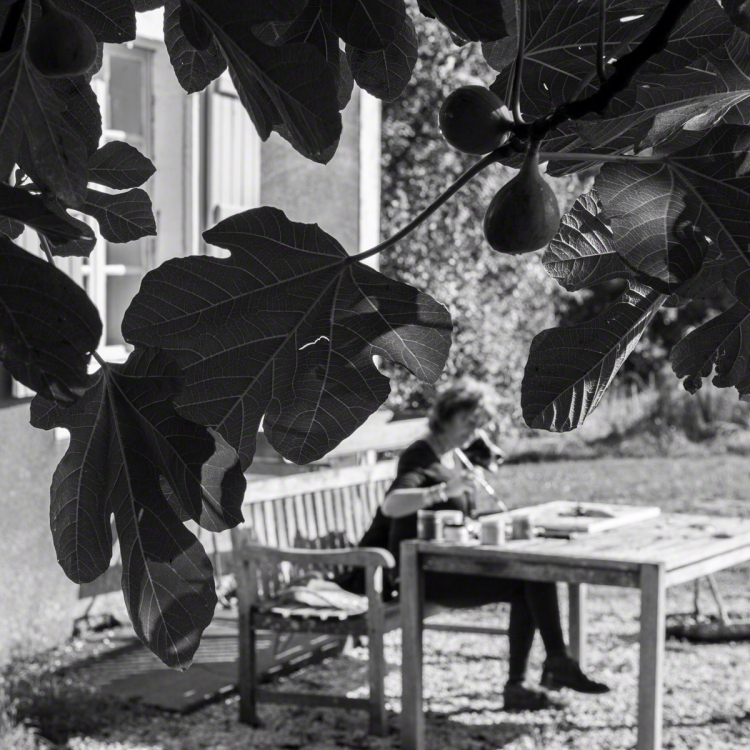
(1) taken with thanks from Wikipedia
For directions to the Moncrieff-Bray Gallery click here
